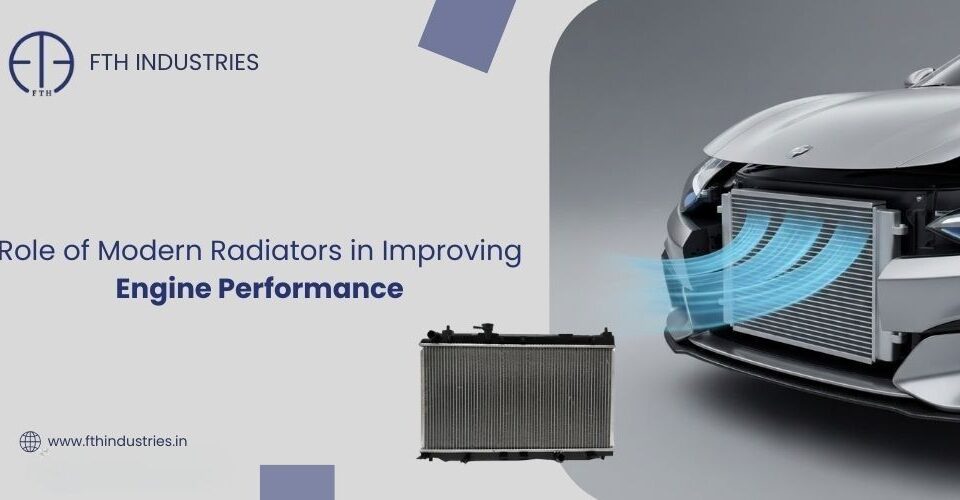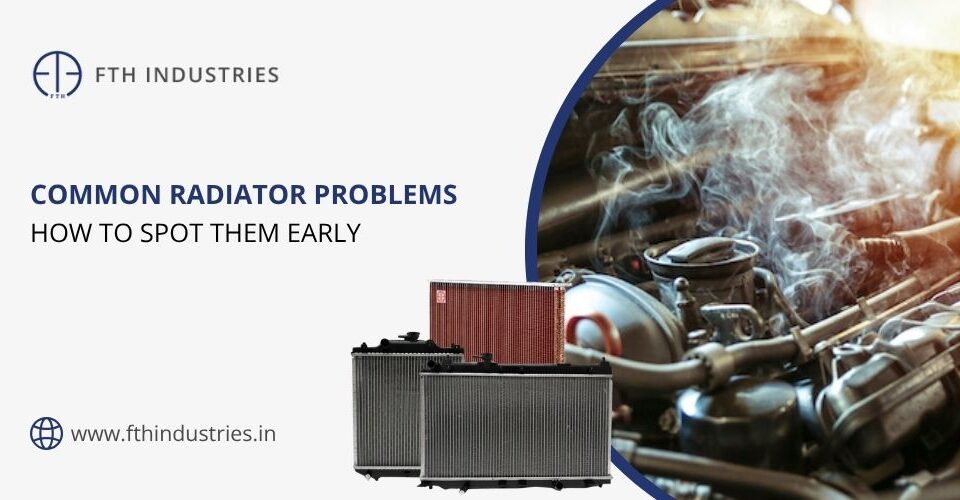
How to Determine if Your Automobile Needs a New Radiator?

You might not have guessed it, but the radiator is one of the most important parts in an automobile. The radiator keeps your engine cool by pumping a specially formulated coolant liquid throughout the engine. This coolant absorbs excess heat created during the combustion process. When the coolant is warmed up and moved to the radiator, it is chilled using small, finned tubes. They are then sent to the airflow in front of the vehicle, or by a radiator fan in case the vehicle is stationary.
To ensure consistent and efficient performance, radiators need to be checked and flushed regularly. If not done on time, your engine might overheat, and it would need to be replaced by a radiator assembly manufacturer.
How to Know if You Need a New Radiator?
There are several signs that you must not ignore regarding your radiator. Some of the major ones are as follows:
1. Overheating
The first symptom of radiator damage is overheating. You must pull over your car before the needle reaches red on your temperature gauge because driving around with an overheating engine can cause severe damage to your vehicle.
2. Leakage
If you notice something dripping under the front of your vehicle, then it is time to get your radiator checked or replaced. In fact, any type of fluid leakage in your vehicle should not be ignored. The coolant fluid in your radiator is responsible for cooling the warm air released during the combustion process. If it is leaking, it means it can get replenished soon, which could lead to overheating your engine.
3. Discolouration of Radiator Fluid
Another significant issue is the discolouration of radiator fluid. The radiator fluid can get discoloured if it is clogged with rust. So, whenever you notice any kind of discolouration in the radiator fluid, you should immediately visit a service centre to get your radiator flushed and perform a full diagnostic.
Parts that Take the Most Damage Due to a Bad Radiator
These three parts suffer the most when the radiator is faulty:
Water Pump
The water pump can get damaged by any contaminants or debris broken from the radiator. The plastic parts of the water pump can also get damaged due to high temperatures in case the radiator stops working.
Thermostat
A faulty radiator will put too much pressure on the thermostat and cause it to malfunction. When the thermostat stops working, the engine will overheat immediately.
Heater Core
Debris from broken radiator piping can get stuck in the heater core. Also, the engine can overheat if excessive pressure and temperature occur on the heater core due to the radiator failing.
Conclusion
As you can see, it is best to take your vehicle to the service centre and get your radiator checked or replaced as soon as you come across any of these issues.




